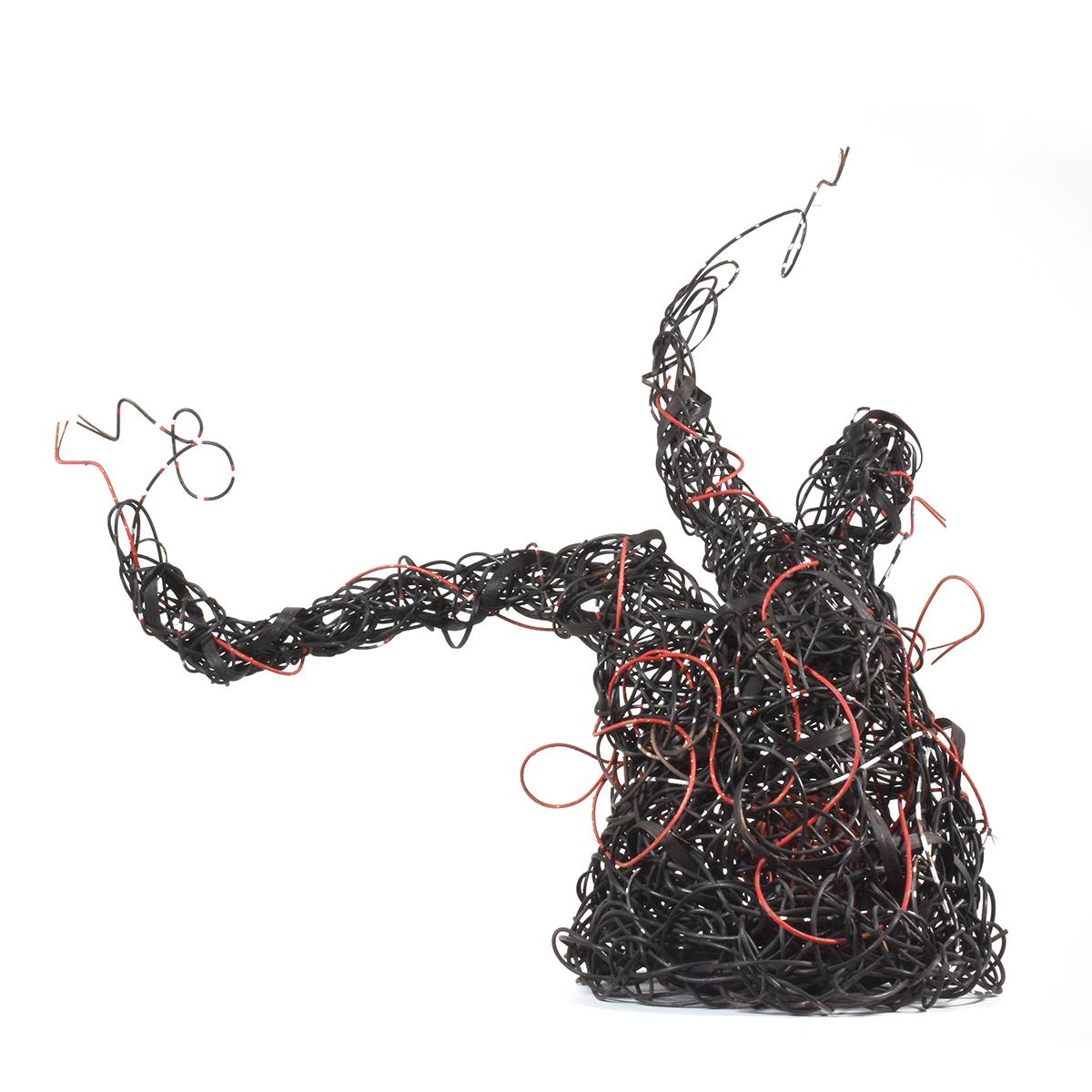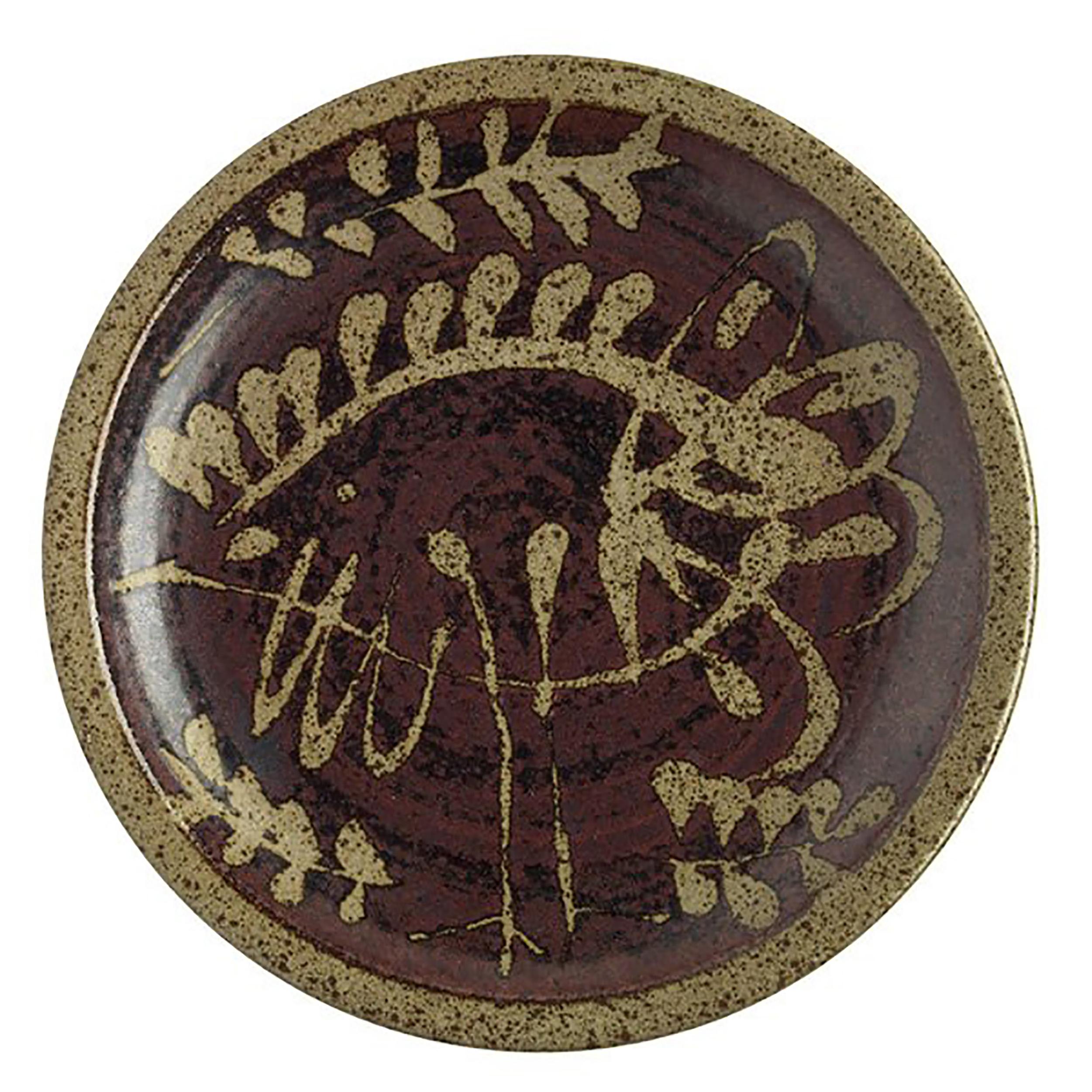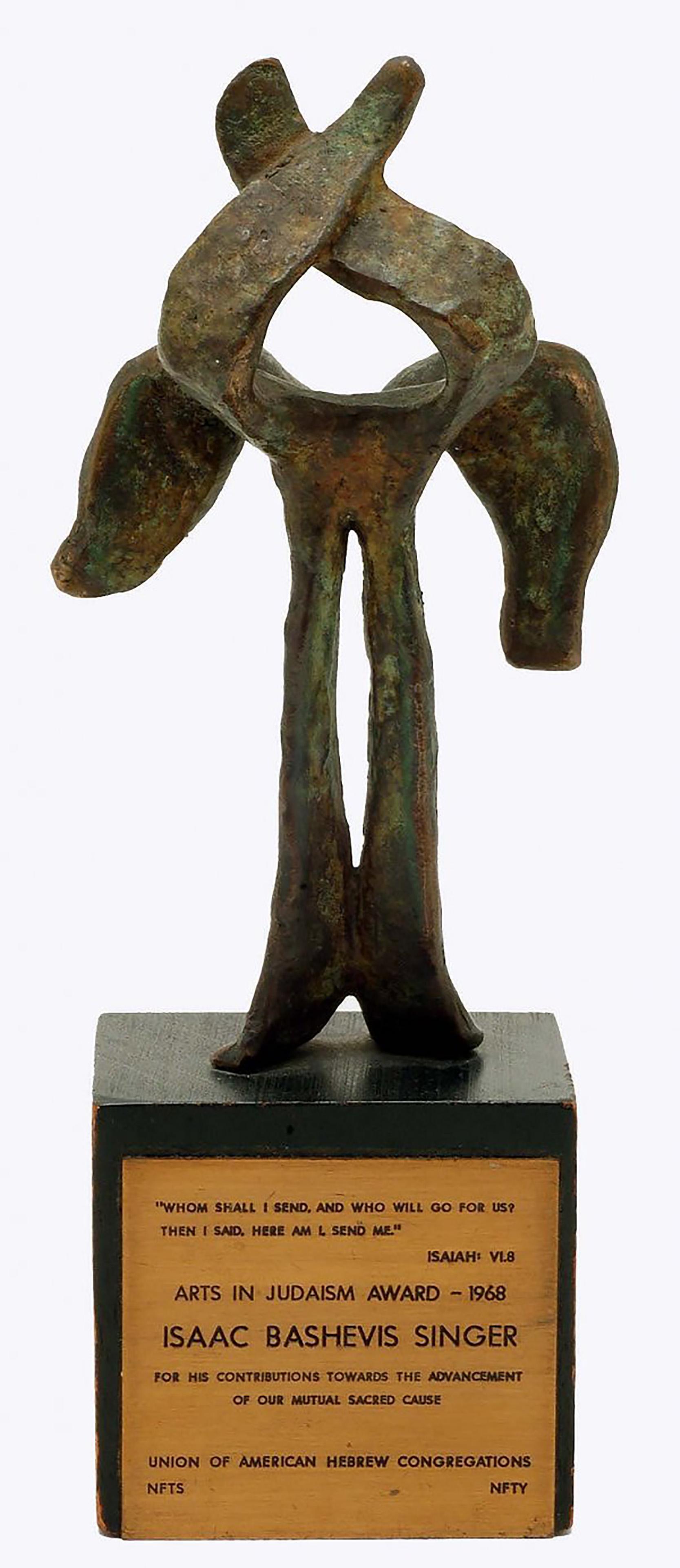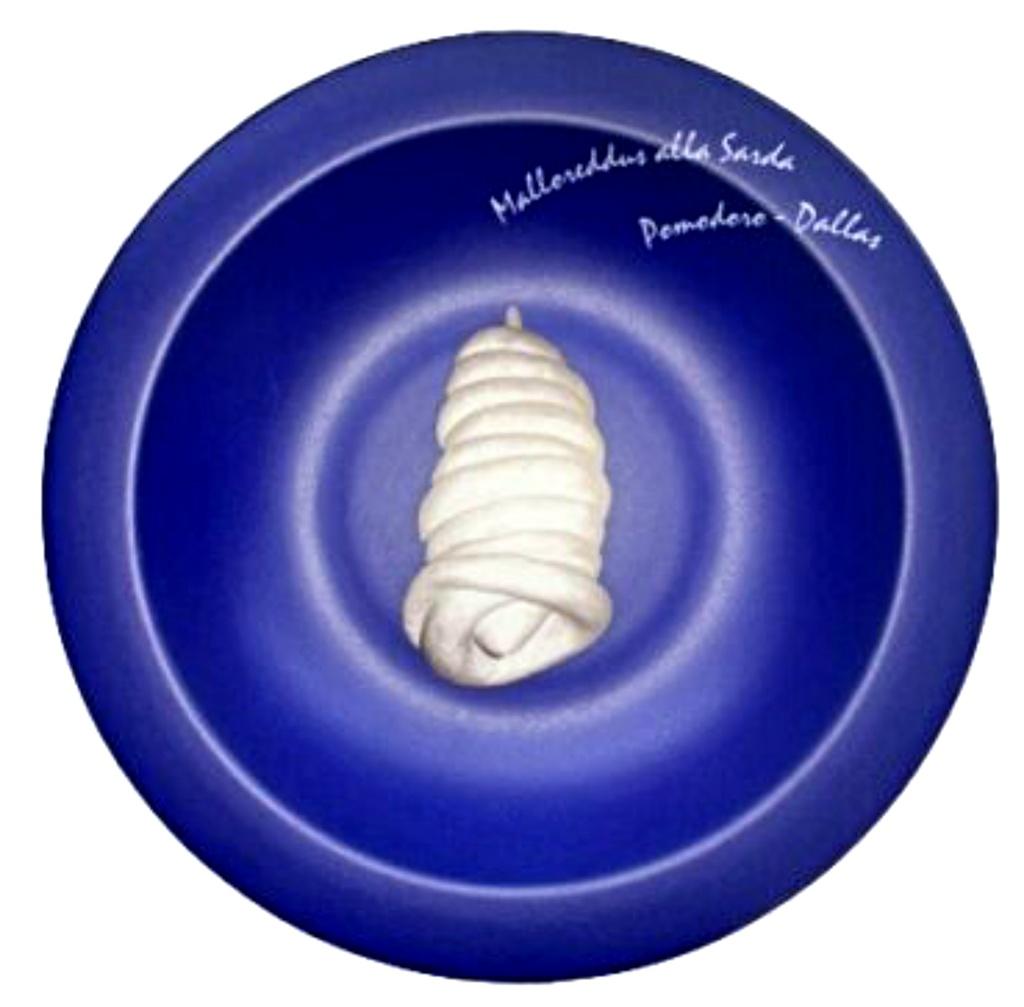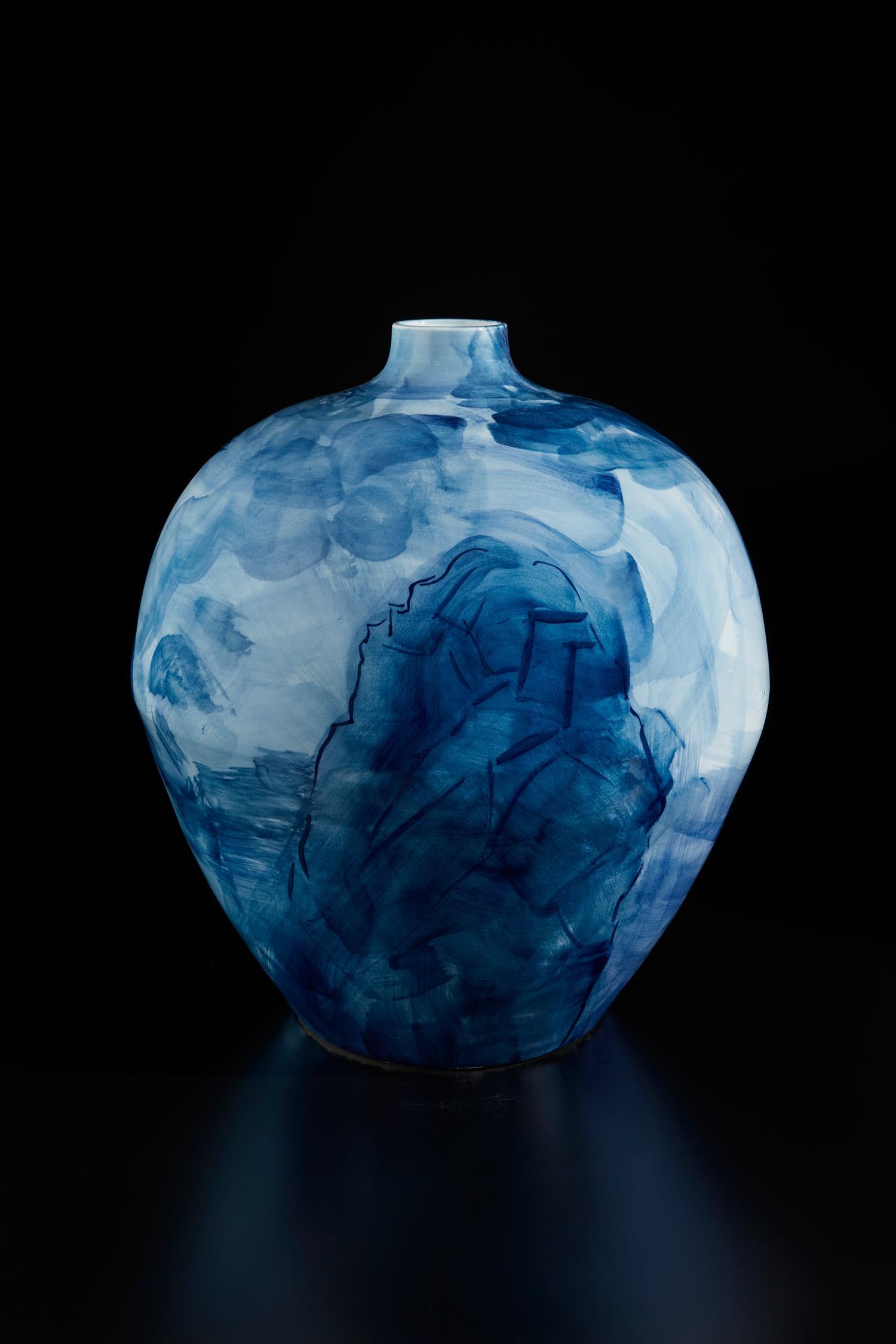Items Similar to Architectural Ceramic Relief Frieze
Want more images or videos?
Request additional images or videos from the seller
1 of 8
UnknownArchitectural Ceramic Relief Frieze1975
1975
About the Item
This is a very rare piece of Israeli Studio Ceramics art from the 70s. it has a patina of dust on it but I have left it as is. it is signed Sharir and dated 1975.
Studio pottery is pottery made by amateur or professional artists or artisans working alone or in small groups, making unique items or short runs. Typically, all stages of manufacture are carried out by the artists themselves.Studio pottery includes functional wares such as tableware, cookware and non-functional wares such as sculpture. Studio potters can be referred to as ceramic artists, ceramists, ceramicists or as an artist who uses clay as a medium. Grayson Perry. Some studio potters now prefer to call themselves ceramic artists, ceramists or simply artists. Studio pottery is represented by potters all over the world and has strong roots in Britain.
Since the second half of the 20th century ceramics has become more highly valued in the art world. There are now several large exhibitions worldwide, including Collect and Origin (formerly the Chelsea crafts fair) in London, International Sculpture Objects & Functional Art Fair (SOFA) Chicago and International Sculpture Objects & Functional Art Fair (SOFA) New York which includes ceramics as an art form. Ceramics have realized high prices, reaching several thousands of pounds for some pieces, in auctions houses such as Bonhams and Sothebys. Possibly David Sharir but I have found nothing similar.
Lucie Rie, Hans Coper Elizabeth Fritsch, Ruth Duckworth began to experiment\abstract ceramic objects, varied surface and glaze effects to critical acclaim. European artists coming to the United States contributed to the public appreciation of pottery as art, and included Marguerite Wildenhain, Maija Grotell, Susi Singer and Gertrude and Otto Natzler. Significant studio potters in the United States include Otto and Vivika Heino, Warren MacKenzie, Paul Soldner, Peter Voulkos and Beatrice Wood.
The Israeli ceramics industry spanned the 1930’s to the 1980’s A number of large operations, Lapid, Harsa and Na’aman, as well as smaller operations such as Palceramic, Karmos, Beit Yotzar, Barur Heil, Keder among others were established.
- Creation Year:1975
- Dimensions:Height: 5.52 in (14 cm)Width: 38.59 in (98 cm)
- Medium:
- Movement & Style:
- Period:
- Condition:
- Gallery Location:Surfside, FL
- Reference Number:1stDibs: LU38210704892
About the Seller
4.9
Platinum Seller
These expertly vetted sellers are 1stDibs' most experienced sellers and are rated highest by our customers.
Established in 1995
1stDibs seller since 2014
1,548 sales on 1stDibs
Typical response time: 1 hour
- ShippingRetrieving quote...Ships From: Surfside, FL
- Return PolicyA return for this item may be initiated within 3 days of delivery.
More From This SellerView All
- Brutalist Bronze Abstract Modernist SculptureLocated in Surfside, FLIn the manner of Julio Gonzalez, mixed metal sculpture. Neo-Dada Abstract Sculpture: Assemblages Abstract sculpture followed a slightly different course. Rather than focusing on non-figurative subject matter, it concentrated on materials, hence the emergence of Assemblage Art - a form of three-dimensional visual art made from everyday objects, said to be 'found' by the artist (objets trouves). Popular in the 1950s and 1960s in America, assemblage effectively bridged the gap between collage and sculpture, while its use of non-art materials - a feature of Neo-Dada art - anticipated the use of mass-produced objects in Pop-Art. Assemblage sculpture is exemplified by the works of Louise Nevelson (1899-1988), such as Mirror Image 1 (1969, Museum of Fine Arts, Houston), and by Jean Dubuffet (1901-85) and his Monument with Standing Beast (1960, James R. Thompson Center, Chicago). The idiom was considerably boosted by an important exhibition - "The Art of Assemblage" - at the Museum of Modern Art, in New York, in 1961. Other examples of the Neo-Dadaist-style "junk art...Category
20th Century Abstract Expressionist Abstract Sculptures
MaterialsBronze, Copper
- Abstract Expressionist Art Latin American Mixed Media Oil Painting Perez CelisBy Perez CelisLocated in Surfside, FLPerez Celis (American, Argentinian 1939-2008) Oil and mixed media on canvas 1993 Latin abstract expressionism oil painting depicting a color block and drip motif Hand signed and dated to lower left. In gilt gold frame. Approximate dimensions: canvas h. 14", w. 21"; frame h. 24", w. 31", d. 2.25". Celis Pérez (1939 – 2008) was an Argentine artist usually referred to as Pérez Celis. He earned international recognition for his paintings, sculptures, murals and engravings. Pérez was born in San Telmo on the South side of Buenos Aires, and grew up in Liniers, on the opposite end of town. Working as a newsboy during childhood, he learned the basics of drawing and painting via correspondence classes. In 1954 he entered the Manuel Belgrano National School of Fine Arts, and under the guidance of teachers like Leopoldo Presas, Santiago Cogorno, and Libero Badii, Pérez Celis developed his interest in abstraction. He first exhibited at age 17, at Galería La Fantasma. Following his entry into the professional arts world, he began using his name in a reversed form. At the start of his career he has been influenced by Hungarian artist Victor Vasarely during a 1957 retrospective of the latter's works at the National Fine Arts Museum. Some of his later works bear the influence of Gerhard Richter. He married Sarah Fernández in 1959 and relocated to Uruguay for less than a year invited by Carlos Páez Vilaró . Took part in the "Group of 8" – proponents of abstract art among the normally conservative local audiences. "Grupo de los 8", was a movement of Latin American, Uruguayan and Argentine artists formed in 1958 together with Oscar García Reino, Miguel Ángel Pareja, Raúl Pavlovsky, Lincoln Presno, Américo Sposito, Alfredo Testoni and Julio Verdie in order to promote new tendencies in painting. In 1960 they were invited by art critic Rafael Squirru to join the international exhibition at the Buenos Aires Museum of Modern Art (of which he was creator and first director) with artists such as Willem de Kooning, Roger Hilton and Lucio Fontana. He returned to Buenos Aires in 1960, and opened a downtown atelier with the support of Guido Di Tella, his first mecena. Pérez Celis explored geometric art, and builds his first mural, Fuerza América, in 1962. Indigenous patterns and colors would reappear in many of his productions during the 1960s and 1970s, and distinguished him from most other local artists, among whom pop art and figurative art was more influential. His work had a more raw, Art Brut , Brutalist feel to it. He was featured in more than 120 solo shows during his career, notably the Galerie Bellechasse, Anita Shapolsky Gallery New York, (he showed with Agustin Fernandez, Rodolfo Abularach, Giancarlo Puppo and Cuban artist Mario Bencomo) Arteconsult, Boston & Panama, Witcomb, etc. and his art was purchased for many private collections and first-rate museums, including the Museum of Modern Art in New York. He received commissions from the Argentine government, which placed his works in the Ministro Pistarini International Airport, from other governments, and from prominent individuals and businesses. In 1977, following his wife's passing in an automobile accident he remarried and lived in Caracas, Paris, New York City, and Miami in subsequent years. He shared his time between Buenos Aires and New York in 1994, a retrospective of his work was hosted at Biblioteca Nacional visited by more than 300000 persons. He continued exhibiting in Latin America, in the Sanyo Gallery in Tokyo, the Anita Shapolsky Gallery in New York City, and at numerous universities. Among his numerous recognitions in later years was the Alba Award at the 61st Salón Nacional de Artes Plásticas Argentino, and he was proclaimed a Distinguished Citizen of the City of Buenos Aires in 2001. He also created several literary illustrations, notably those for Jorge Luis Borges' Spanish-language translation of Walt Whitman's poem Leaves of Grass. A fan of the Club Atlético Boca Juniors football team, he created two murals in 1997 for the team's La Bombonera Stadium in Buenos Aires: "Idolos" (Idols) and "Mito y Destino" (Myth and Destiny), both Venetian mosaics and bronze sculpture on cement. Museum of Modern Art (MOMA), New York, NY Museum of Modern Latin American Art...Category
1990s Abstract Expressionist Abstract Paintings
MaterialsCanvas, Mixed Media, Oil
- Abstract mixed Media Collage Vibrant PaintingBy Armand SzainerLocated in Surfside, FLGenre: Contemporary Subject: Abstract Medium: Mixed Media Surface: Canvas Country: United States Dimensions: 32.25" x 24.25" commissions for movie advertisements, stage sets...Category
20th Century Abstract Expressionist Abstract Paintings
MaterialsMixed Media
- Homage a Sam Francis, Folded Monoprint Mixed Media Splatter Painting Art PrintBy Richard RoyceLocated in Surfside, FLThis is a mixed media monoprint titled Homage a Sam (I first thought it was for Sam Gilliam but the artist told me it was for Sam Francis. He has done a number of these Homages as I ...Category
1980s Abstract Expressionist Mixed Media
MaterialsMixed Media, Handmade Paper, Monoprint
- Abstract Expressionist Color Field Painting Indian Artist Sangeeta ReddyLocated in Surfside, FLimage is 21 X 21 inches; frame: 30 X 30 inches Born in 1955, Hyderabad, India, painter and writer Sangeeta Reddy migrated to the United States in 1978 and continued her studies in a...Category
1980s Abstract Expressionist Abstract Paintings
MaterialsPaint, Paper, Mixed Media
- Abstract Expressionist Color Field Painting Indian Artist Sangeeta ReddyLocated in Surfside, FLBorn in 1955, Hyderabad, India, painter and writer Sangeeta Reddy migrated to the United States in 1978 and continued her studies in art. Currently she maintains a studio on Santa F...Category
1980s Abstract Expressionist Abstract Paintings
MaterialsPaper, Paint, Mixed Media
You May Also Like
- Danielle Bodine "Medusa Tree" Mixed Media, Abstract Free Form SignedLocated in Detroit, MISALE ONE WEEK ONLY "Medusa Tree" is a free-flowing sculpture of cane that suggests a figure either emerging from or descending into a tangle of twisting lines. Several parts are painted red or blue or stripped that gives a contrast to the black structure and a spark of energy shooting forth. This piece seems experimental from her more conservative pieces that can be easily identified as basketry, paper forms and shaped objects. Danielle Bodine...Category
1990s Abstract Expressionist Abstract Sculptures
MaterialsMixed Media
- Ceramic Sculptural bowlBy Peter VoulkosLocated in New York, NYPeter Voulkos Ceramic Sculptural Dish, ca. 1985 Sculpted ceramic Hand-signed by artist, Incised signature on the base. 1.5 x 11.5 inches This charger plate by Voulkos features a Greek-influenced stylized birds and leaf design. Peter Voulkos is an American artist of Greek descent. The abstraction of animal and nature elements paired with the earthy, mottled gray and brown against brown background make this work beautiful. This work was featured in the exhibition "On Black Mountain: The Bauhaus Legacy in America", at the Sager Braudis Gallery (now Sager Reeves), in Columbia Missouri from April 5, 2019 to April. 27, 2019 and is reproduced in page 53 of the exhibition catalogue. We will provide a complimentary copy of the exhibition catalogue to the buyer of this work. Born in 1924 to Greek immigrant parents in the town of Bozeman, Montana, Peter Voulkos is one of America’s most significant sculptors of the 20th century. Voulkos got his start in art in the late 1940s, when he was studying at Montana State College, Bozeman on the G.I. Bill, after being drafted and serving as an airplane armorer-gunner in the Pacific in World War II. In classes with Frances Senska, he discovered ceramics, the medium that would characterize his career. After graduating from Montana State College, Bozeman in 1951, Voulkos moved west and earned his MFA from the California College of Arts and Crafts in Oakland, California. Returning to Montana after graduation, Voulkos attracted attention “as a prodigious natural potter and a producer of elegantly thrown functional earthenware,” according to Roberta Smith for the New York Times. He also produced dinnerware to sell through high-quality stores, and was noted for his wax-resist method of decoration.Voulkos gained a reputation as a master of ceramics techniques, winning twenty-nine prizes and awards from 1949 through 1955. However, a summer spent teaching at the experimental Black Mountain College (he was invited to teach at BMC by Karen Karnes) near Asheville, North Carolina in 1953 resulted in a dramatic shift in Voulkos’s artistic priorities, as well as his aesthetic. It was at Black Mountain College that Voulkos met Robert Rauschenberg, John Cage, Merce Cunningham and Charles Olson. He then visited New York City (as a guest of pianist David Tudor and Mary Catherine Richards) and encountered Philip Guston, Willem de Kooning and Franz Kline—Abstract Expressionist painters who influenced the new direction Voulkos would go on to pursue. In 1954, Voulkos was invited to teach at the Los Angeles County Art Institute (now Otis), and he established a new ceramics department and graduate program that attracted other young artists including John Mason, Ken Price, Billy Al Bengston and Paul Soldner. It was here that, inspired by the scale and spontaneity of the New York School, Voulkos began to build progressively larger works that cast aside utility and abandoned ceramic conventions. Decoration became aggressive, as he slashed at and pierced the clay, which he then energetically painted with glaze. Peter Voulkos exhibited these new works in shows at the Landau Gallery in Los Angeles, which announced to the world a new way of approaching ceramics. Disagreements with the more conservative administrators of the LA County Art Institute led to Voulkos’s departure for the University of California, Berkeley, in 1959. While at Berkeley, Voulkos experimented with bronze and produced large-scale bronze sculpture, while continuing his ceramic work and doing demonstrations of ceramics throughout the U.S. In 1979, a young ceramist named Peter Callas...Category
1980s Abstract Expressionist Mixed Media
MaterialsCeramic, Mixed Media, Glaze
- Bronze Sculpture to Isaac Bashevis Singer, Arts in Judaism Award signed JudaicaBy Nathaniel KazLocated in New York, NYNathaniel Kaz Bronze Sculpture to Isaac Bashevis Singer for Arts in Judaism Award, 1966 Bronze, Square wooden base, Metal tag Signed and dated "66" to back of bronze portion of the w...Category
1960s Abstract Expressionist Abstract Sculptures
MaterialsMetal, Bronze
- Limited Edition numbered Italian Blue Ceramic Plate for Dallas Texas restaurantBy Louise BourgeoisLocated in New York, NYLouise Bourgeois Limited Edition Ceramic Plate depicting Malloreddus alla Sarda, Dallas Texas, 1998 Ceramic Plate 10 in diameter Edition 457/1000 (read description; the edition was n...Category
1990s Abstract Expressionist Mixed Media
MaterialsCeramic, Porcelain, Screen, Mixed Media
- Deeper BlueBy Jared FitzgeraldLocated in Southampton, NYThis unique, original ceramic artwork by Jared FitzGerald is the perfect blend of a refined antique, Eastern look merged with a Contemporary, Western aesthetic and brush work. The fo...Category
2010s Abstract Expressionist Abstract Sculptures
MaterialsCeramic
- The Abundant SwampBy Jared FitzgeraldLocated in Southampton, NYThis stylized landscape immediately catches attention from 360 degrees around. The bold blues, greens, browns and touches of warm colors too bring attention to the bustling summer li...Category
2010s Abstract Expressionist Abstract Sculptures
MaterialsCeramic
Recently Viewed
View AllMore Ways To Browse
Architecture Sculpture
Relief Art
Functional Art
Sculptures By Architectural
Vintage Relief
Large Relief
Wood Relief
Vintage House Architecture
Wood Architecture Sculpture
Large Frieze
Wood Relief Art
Ceramic Reliefs
Frieze Art
Wood Relief Sculpture
High Relief Sculpture
Relief Pottery
Ceramic Relief Art
1930s Wood Sculpture
